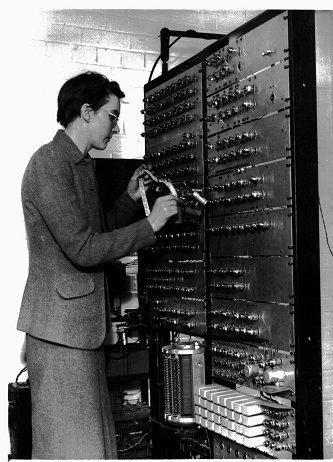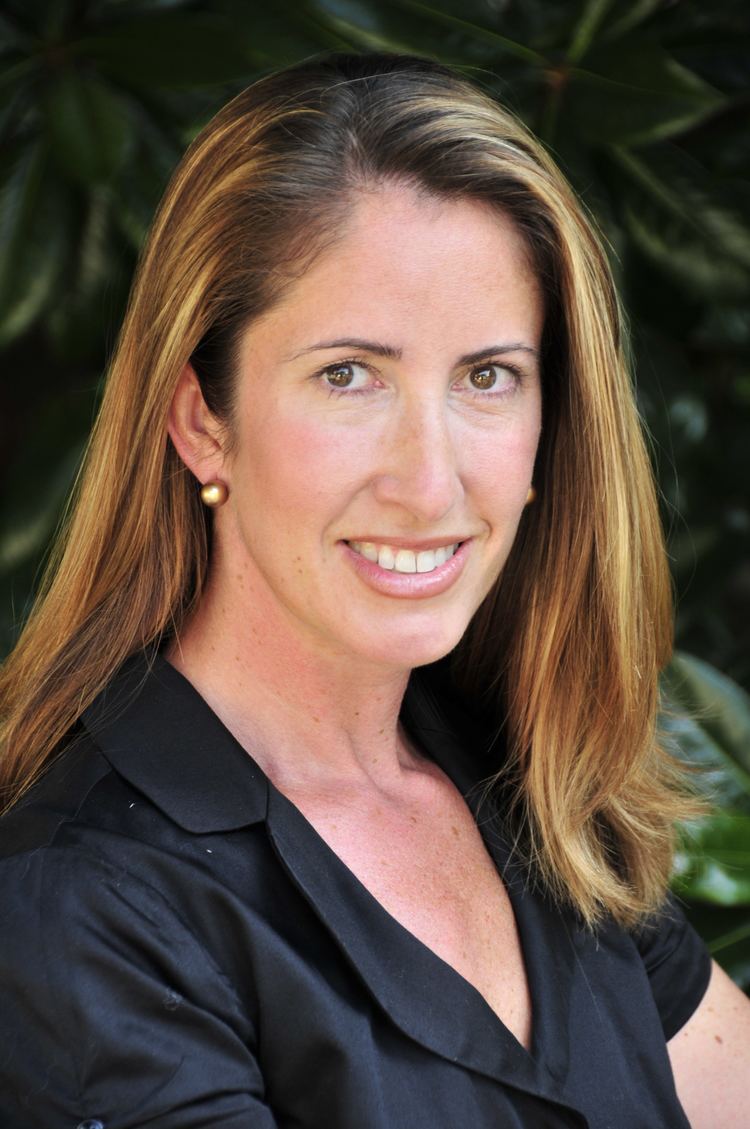Name Kathleen Booth | ||
 | ||
Kathleen Booth née Britten (1922 –) is credited with writing the first assembly language and the design of the assembler and autocode for the first computer systems at Birkbeck College, University of London. She helped design three different machines including the ARC, SEC, and APE(X)C
Contents

Personal life
Kathleen Booth was born in Stourbridge, Worcestershire, England. She obtained a B.Sc. in mathematics from the University of London in 1944 and went on to get a Ph.D in Applied Mathematics in 1950. She married her colleague Andrew Booth in 1950 and had two children.
Career
Kathleen Booth worked at Birkbeck College, 1946–62. She traveled to the United States as Andrew Booth's research assistant in 1947, visiting with John von Neumann at Princeton. Upon returning to the UK, she co-authored "General Considerations in the Design of an All Purpose Electronic Digital Computer," describing modifications to the original ARC redesign to the ARC2 using a von Neumann architecture. Part of her contribution was the ARC assembly language. She also built and maintained ARC components.
Kathleen and Andrew Booth's team at Birkbeck were considered the smallest of the early British computer groups. From 1947 to 1953, they produced three machines: ARC (Automatic Relay Computer), SEC (Simple Electronic Computer), and APE(X)C (All-purpose Electronic (Rayon) Computer). She and Mr. Booth worked on the same team. He built the computers and she programmed them. This was considered a remarkable achievement due to the size of the group and the limited funds at its disposal. Although APE(X)C eventually led to the HEC series manufactured by the British Tabulating Machine Company, the small scale of the Birkbeck group did not place it in the front rank of British computer activity.
Booth regularly published papers concerning her work on the ARC and APE(X)C systems and co-wrote "Automatic Digital Calculators" (1953) which illustrated the 'Planning and Coding' programming style. She co-founded the School of Computer Science and Information Systems in 1957 at Birkbeck College along with Andrew Booth and J.C. Jennings. In 1958, she taught a Programming course.
In 1958, Booth wrote one of the first books describing how to program APE(X)C computers, which was also notable for having a woman author.
From 1944 to 1946, she was Junior Scientific Officer at the Royal Aircraft Establishment in Farnborough. From 1946-1962, Booth was a Research Scientist at British Rubber Producer’s Research Association and for ten years from 1952-1962 she was Research Fellow and Lecturer at Birbeck College, University of London and later became a Research Fellow, Lecturer and Associate Professor at the University of Sasketchewan, Canada from 1962 to 1972. At Lakehead University in Canada she became the Professor of Mathematics from 1972-1978.
Booth's research on neural networks led to successful programs simulating ways in which animals recognize patterns and recognize character. She and her husband resigned suddenly from Birkbeck College in 1961 after a chair was not conferred on her husband despite his massive contributions and an I.C.T. Type 1400 Computer was donated to the Department of Numerical Automation but was in fact installed in the London School of Hygiene and Tropical Medicine.
